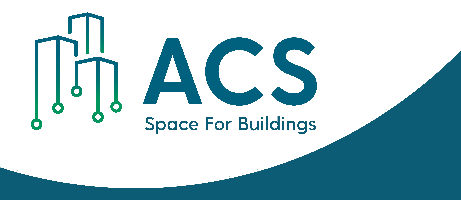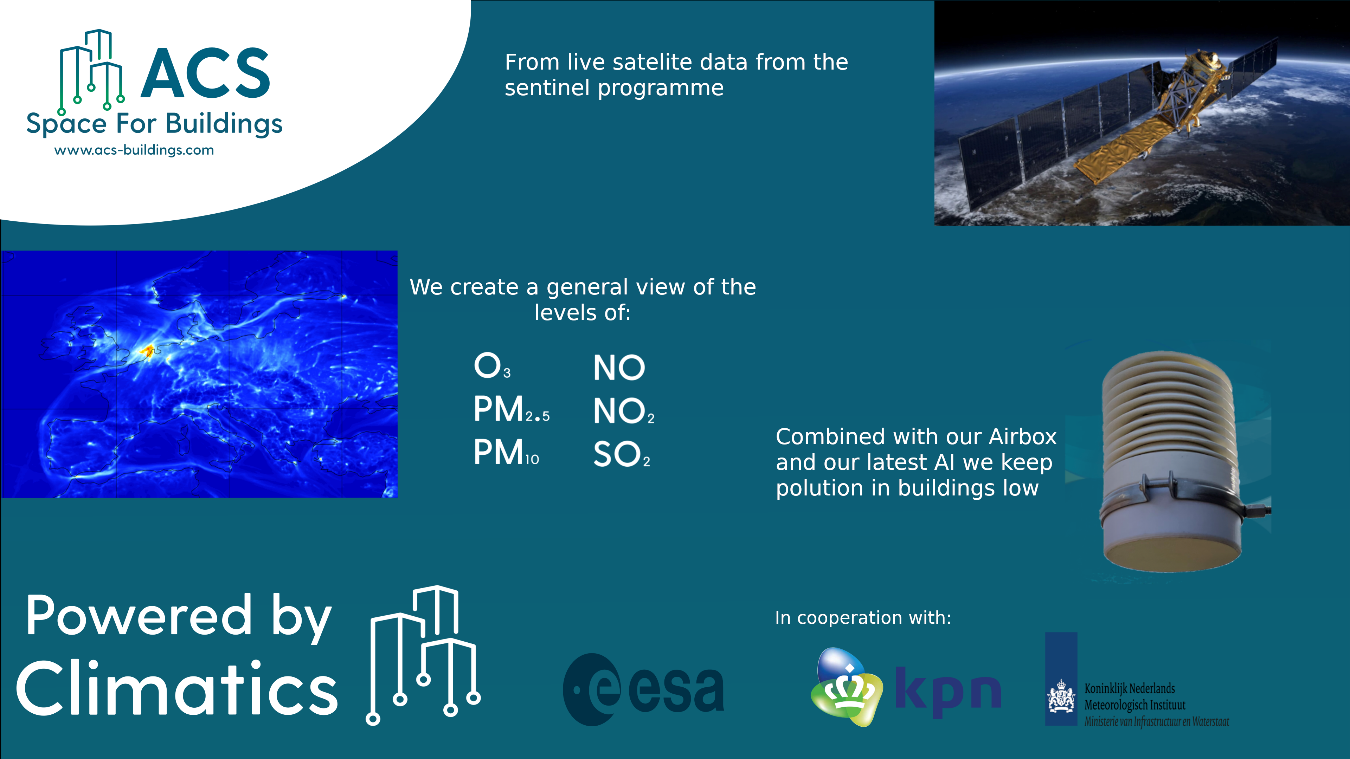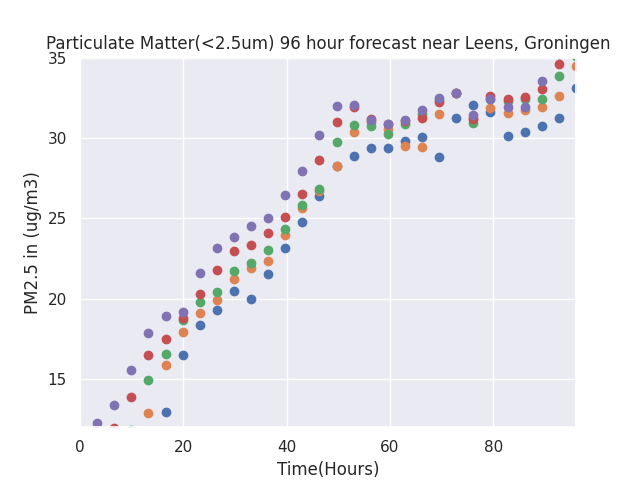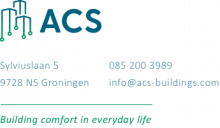
Objectives of the service

When using buildings, we contaminate the indoor air with CO2, humidity and organic pollutants. To manage the indoor air-quality within buildings, “fresh” outside air, is used to replace the polluted indoor air. Depending on type of installation and purpose of the building, replacement rates (times the total building volume of indoor air is refreshed within an hour)
range between 0,5 to 6.
With the outside air, we do not only bring fresh air into the building but also outdoor pollutants such as particulate matter, O3, NOx or black carbon particles. Sources of this pollution can be local (traffic, local industry) or can find its origin thousands of kilometres away (agriculture, industry) and be transported by wind. Currently indoor pollution rates measured vary highly over time and are unmanaged.
A local peak in outdoor pollution can easily contaminate a building within minutes. No techniques or services are available to manage the air handling installation in line with the outside pollution, as outside pollution is seldom measured and cannot yet be predicted on a meaningful, local scale.
The solution ACS investigates in Space For Buildings is to use Satellite based data and our existing building management platform Climatics, connected by a 5g connection. To predict and manage the intake of pollutants in buildings.
Users and their needs
The key customers/user segments of the final service are owners and/or users of complex
buildings. A complex building is, for example, a hospital, an office, a school or a cultural complex. It normally hosts many people and the installations used to maintain a comfortable climate inside are complex. This service is not (yet) intended for use in private homes.
ACS believes 14300 buildings in The Netherlands can be seen as “hot targets” for our service. It depends on the type of building, the way it’s used and whether the management is aware of the health situation. We think we can sell around 2500 systems in the coming 5 years.
A secondary group of customers are communities (towns, councils or otherwise). With the possibilities of collecting data via the internet, more often the performance of the building is related to the buildings in their direct surrounding. The most common cooperation between buildings are within smart grids (which balances the energy load for a group of buildings). ACS notices that data is playing an increasing dominant role in this development. Extension of the data with air-quality data seems a logical next step. ACS is currently involved in such a development within the community of het Hoogerland.
The great challenge of this project is to convince people to change their building management systems, as this is a market that is very slow to embrace new innovations.
Service/ system concept
The user will have full, real-time insight to the pollution levels in and around his building(s). The installed building management platform Climatics will use this data to reduce the amount of pollution in the building. The user can at any time check this with his Climatics account.
The pollution data in Climatics comes from 2 sources. The local measurement, delivered by the airbox connected with 5G and the more general prediction that is delivered to Climatics from the CAMS program. Both will be used by Climatics to make adjustments to the normal control loops, so it can take into account the pollution levels in and around the building. The graph below gives a general overview of the data streams that the service consists of.

Space Added Value
The added value of the satellite-based data of the CAMS program, which relies on the tropomi program, is to create an accurate prediction of future peaks in pollution levels and take that into account for the building management. For example, if a volcano erupts on Gran Canaria and a huge cloud of pollution is heading for the building. There is no way for local measurements to take this into account before it arrives. An example of a possible action that Climatics could take would be the extra ventilation before the cloud arrives, so there is less need to ventilate when the clouds reach the building.
Current Status
Update 1
The project has just completed phase 1

This means that ACS has been able with the help of KNMI to assess the usefulness of satellite-based data for the proposed service in the space for buildings program. The forecasts delivered by the CAMS program mostly agree with the local measurement tools we have available now and the Climatics platform is perfectly capable of integrating this data into its control loops. The next phase we will add the first version of the airbox, which will generate local pollution data and will be the necessary second pillar on which the Space for Buildings study rests. The above graph gives a forecast of 96 hours of pm-2.5-levels near our office in Leens, Groningen. It is generated by ACS with data from the CAMS program.
Update 2
The Project has just completed phase 2 and with that the feasibility study.
ACS has shown that it can use satellite-data and local data in combination with 5G to reduce the amount of pm-2.5-levels by a significant amount. The tests are not extensive enough to prove this on a larger scale. But the first results are promising. The following graph shows the system at work from 13 of august. The black line is the pm2.5-measurement outside the building. The purple line is the pm-2.5-measurement inside the building. The further the lines are relatively apart the more effective our system is in keeping pm2.5-particles outside.





